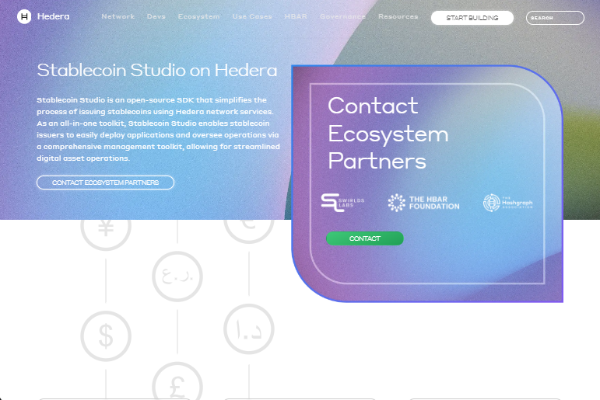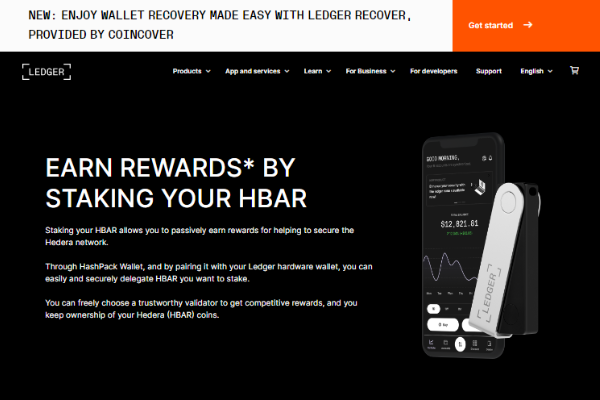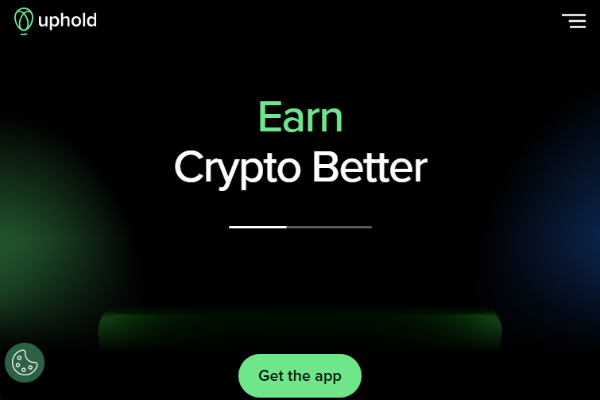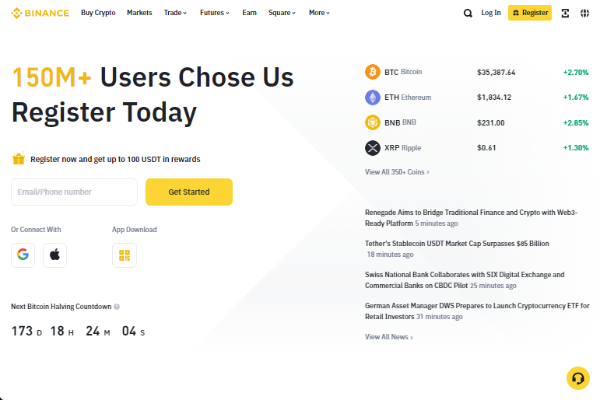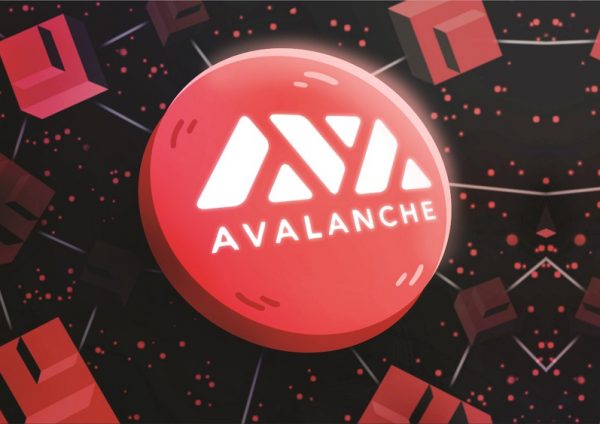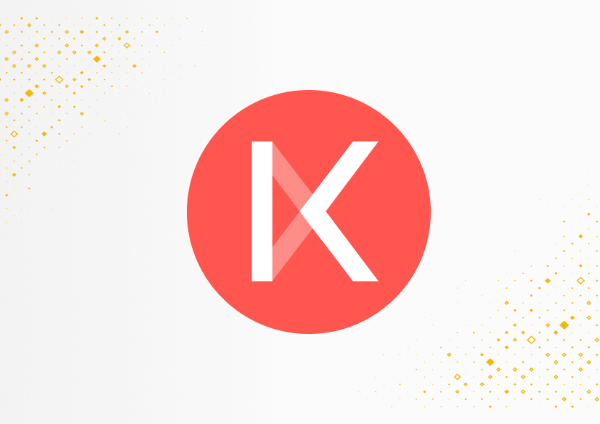HBAR Coin Staking 2025
Hedera Hashgraph has gained prominence in the world of blockchain and cryptocurrencies due to its innovative advancements.
One of its standout features is the ability for users to get involved in HBAR coin staking and earn passive income while actively contributing to the network’s consensus.
Staking: An Active Role in the Hedera Hashgraph Network
Staking is a method that allows cryptocurrency users to play an active role in the Hedera Hashgraph network and receive incentives in return.
Unlike mining, which requires powerful hardware, staking involves locking up HBAR tokens as collateral to sustain the network’s operations.
Proof of Stake (PoS): The Consensus Approach for Staking on Hedera Hashgraph
Hedera Hashgraph utilizes a Proof of Stake (PoS) consensus approach for staking. Participants stake their HBAR tokens in a staking wallet or smart contract, pledging a specific number of tokens as collateral.
These token holders then vote on validators who verify and record transactions on the blockchain.
In exchange for their contributions, validators and those who delegate to them receive additional HBAR coins. This financial stake in the network’s success incentivizes participants to act honestly.
The Vital Role of Staking in the Hedera Ecosystem
Staking is vital in the Hedera ecosystem by ensuring a streamlined and decentralized consensus mechanism. By staking HBAR, members contribute to transaction processing and network security. Staking also offers participants the opportunity to earn more HBAR tokens.
Benefits of Staking for the Hedera Ecosystem
There are several ways in which staking benefits the Hedera ecosystem. Firstly, it improves transaction processing speed and efficiency as stakers verify and add new transactions to the blockchain.
Secondly, staking enhances network security by reducing vulnerability to attacks and increasing the number of reliable nodes.
Environmentally Friendly and Accessible: The Advantages of Proof of Stake (PoS) Staking
Compared to the energy-intensive mining and Proof of Work (PoW) protocol, staking with Proof of Stake (PoS) is a more environmentally friendly alternative.
PoS validators secure the network by staking their tokens, with their chances of selection based on the amount of tokens they stake.
In contrast, PoW mining requires computational competition and consumes significant energy resources, favoring those with powerful processors.
From a security standpoint, PoS validators have a direct financial incentive to maintain network integrity since they stake their own wealth. This differs from PoW miners, who prioritize monetary gains over long-term network security.
Additionally, staking is more accessible as it does not require specialized equipment, allowing for increased user engagement.
Flexibility and Ownership: Staking HBAR without Sacrificing Control
Users can stake Hedera without giving up ownership of their tokens by delegating their stake to nodes. Furthermore, Hedera staking allows users to freely use their staked tokens at any time, as no bonding or slashing is involved.
Make sure to check our recent article on KAVA Crypto staking.
Known for its distinctive consensus algorithm, Hedera Hashgraph is a distributed ledger technology platform that provides exceptional security, scalability, and stability for a wide range of decentralized applications.
HBAR serves as the native cryptocurrency of the Hedera Hashgraph network, facilitating transactions, network services, and participation in the network’s consensus mechanism. Its role in securing and operating the Hedera network is crucial while functioning as a digital asset with numerous use cases.
HBAR staking is the process of locking up a certain amount of Hedera Hashgraph’s native cryptocurrency, HBAR, to participate in the network’s consensus mechanism and earn rewards through additional HBAR tokens. To learn more on staking in general, check our article on Crypto staking.
HBAR staking allows you to earn passive income by participating in the network’s operation while contributing to network security. It can make your HBAR holdings work for you.
✅ While staking can be a way to earn rewards, it comes with some risk. Factors such as network vulnerabilities, slashing penalties for misbehavior, and market volatility should be considered. It’s essential to do your research and understand the risks before staking.
Staking Methods for Hedera (HBAR) Tokens
Centralized Exchange (CEX) Staking:
- A simple and convenient option for staking HBAR tokens
- CEXs handle technical details and provide user-friendly staking interfaces
- Offers regular rewards and automatic distribution of staking incentives
- Provides security measures and customer support for a safe staking experience
Staking Pools:
- Web-based platforms that allow users to pool their HBAR tokens for collective staking
- Increases chances of being chosen as validators and earning staking rewards
- Enables participation in staking for users with smaller staking amounts
Liquid Staking (Tokenized Staking):
- Allows users to stake tokens while maintaining control and liquidity
- Tokens are deposited in a smart contract on a liquid staking platform
- Provides more options and liquidity as l-staked tokens can be exchanged or used within the ecosystem
Non-Liquid Staking:
- Involves keeping tokens in a staking contract or wallet for an extended period
- Staked tokens are typically locked and cannot be transferred or traded until the staking period ends or unstaking process is completed
- May include a cooling period before tokens become available again
Stader Labs Staking Pool:
- Supports Hedera staking and offers liquid staking for HBAR and HBAR tokens
- Allows users to link their wallets, select a pool, and participate in Hedera staking
Keep in mind that Hedera staking is still in its early stages and does not currently impact the consensus weight of individual nodes.
Steps for Joining a Staking Pool
If you’re considering joining a staking pool, here are the steps you can follow:
- Create a Hashpack Wallet or Connect an Existing One
To start, create a Hashpack wallet or connect your existing one to the Stader network. You have several options to choose from, such as MetaMask, Trust Wallet, or Ledger.
- Acquire HBAR Tokens
Next, acquire Hedera Hashgraph token by either trading it for another token like BTC or ETH on an exchange or using the Stader swap function.
- Select a Staking Pool
On the homepage, select a staking pool from the drop-down menu. You can compare different pools based on their APY, fees, and reliability.
- Stake Your HBAR Tokens
Enter the amount of HBAR you want to stake and click the “Stake” button to complete the transaction. In return, you’ll receive stHBAR tokens representing your staked HBAR and can be used as you wish.
- Enjoy Your Rewards
Enjoy your HBAR rewards, distributed at the end of each epoch (approximately 30 days). If desired, you can retrieve your HBAR by exchanging your stHBAR tokens.
Joining a Hedera Validator Network
Joining the network as a validator node requires obtaining the necessary hardware, connection, hosting, and stake. Additionally, a person must adhere to the governance and security policies of the network.
Alternatively, you can join a validator network built on top of Hedera, which has its own set of regulations and incentives for validators. Hedera’s website provides examples of validator networks or you can explore other projects based on Hedera.
If you want to take part in the consensus mechanism and verify transactions, here are the potential steps to get started:
- Familiarize Yourself with Hedera
Familiarize yourself with Hedera’s governance model, network architecture, and consensus method. The Hedera website provides a wealth of information, and you can engage with the Hedera community on Discord, Telegram, and Reddit.
- Create a Testnet Account
Create a testnet account to explore the Hedera network and obtain HBAR tokens. Simply sign up at portal.hedera.com to receive your private key, public key, and ID.
- Run a Mirror Node
Run a mirror node to maintain a copy of the Hedera network. A mirror node copies the network’s state but does not participate in the consensus process.
It can be used for data queries, monitoring network health, and potentially generating revenue through services. Documentation for maintaining a mirror node is available on the Hedera GitHub repository.
- Join or Initiate a Validator Network
Submit a request to join or initiate a validator network on the Hedera mainnet.
Centralized Platforms for Earning Interest on HBAR
If you’re looking to earn interest on your HBAR, here are the top three centralized platforms to consider:
Uphold
Uphold offers the opportunity to engage in cryptocurrency staking directly within your portfolio on their platform. They support staking for various cryptocurrencies, including Ethereum, Tezos (XTZ), Hedera (HBAR), and Solana (SOL).
Uphold provides staking and ensures the security of your digital currency holdings through its secure digital wallet. Your funds are stored in cold wallets for added peace of mind, protecting them from potential threats.
Getting Started with Uphold
To start with Uphold, sign up for an account and add HBAR to your portfolio. Click on the ‘More’ option, then select ‘Staking’. Read the information about staking and click ‘Next’. Find HBAR in the list of assets and click on it.
The next page will show you the staking details, including the estimated APY, preparation period, rewards payout, and unstaking period. If you’re satisfied, click ‘Start staking HBAR’.
Binance
Binance allows users to earn interest on their HBAR by staking it for a certain period of time.
They offer a wide range of locked and unlocked staking options, with different interest rates and time commitments. Users can choose the staking option that suits their needs and risk tolerance.
Binance’s user-friendly staking interface makes it easy to stake your HBAR with minimal effort. To stake HBAR on Binance, you need a Binance account and HBAR tokens deposited into a spot wallet.
While Binance is a trusted and regulated exchange, it is important to note that staking still carries some risks, such as market volatility, network congestion, or platform outages. Users should be aware of these risks before staking their funds.
Getting Started with Binance
For Binance, create an account on their official website and acquire HBAR tokens. Go to the Finance tab and click ‘Simple Earn’ to see the available cryptocurrencies to earn interest. Use the search bar to find HBAR and choose the staking duration.
Click ‘Subscribe’ and enter the amount of HBAR you want to stake. You can also enable the Auto-Subscribe feature to compound your interest automatically.
KuCoin
KuCoin’s staking platform allows users to earn interest on their cryptocurrencies, including HBAR. With a wide range of staking products available, each offering different reward rates and time restrictions, the platform is ideal for diversifying their income and staking strategies.
Getting Started with KuCoin
To stake HBAR on KuCoin, sign up, deposit HBAR tokens, and go to Earn > KuCoin Earn. Find HBAR, and click Subscribe. Choose specific or “All” tokens to stake for a flexible strategy. Agree to the terms, and click “Subscribe” to start earning rewards.
Hedera network safety and rewards are ensured, with a max yearly rate of 6.5%. Benefits are distributed on the fifteenth of each month for qualified staked accounts.
Staked HBAR on KuCoin remains tradable and liquid, offering flexibility for users needing access for other purposes.
Summary
Staking HBAR offers potential rewards but requires careful consideration. Use disposable funds, seek advice if needed, and stay informed for optimal participation in Hedera Hashgraph.
Assess the personal situation, risk tolerance, goals, tax implications, technical expertise, and preference for holding or trading HBAR before staking on KuCoin. Consider long-term value and alignment with the project’s development expectations.
